25 Photos That Show What It Was Like Living Back In 1935
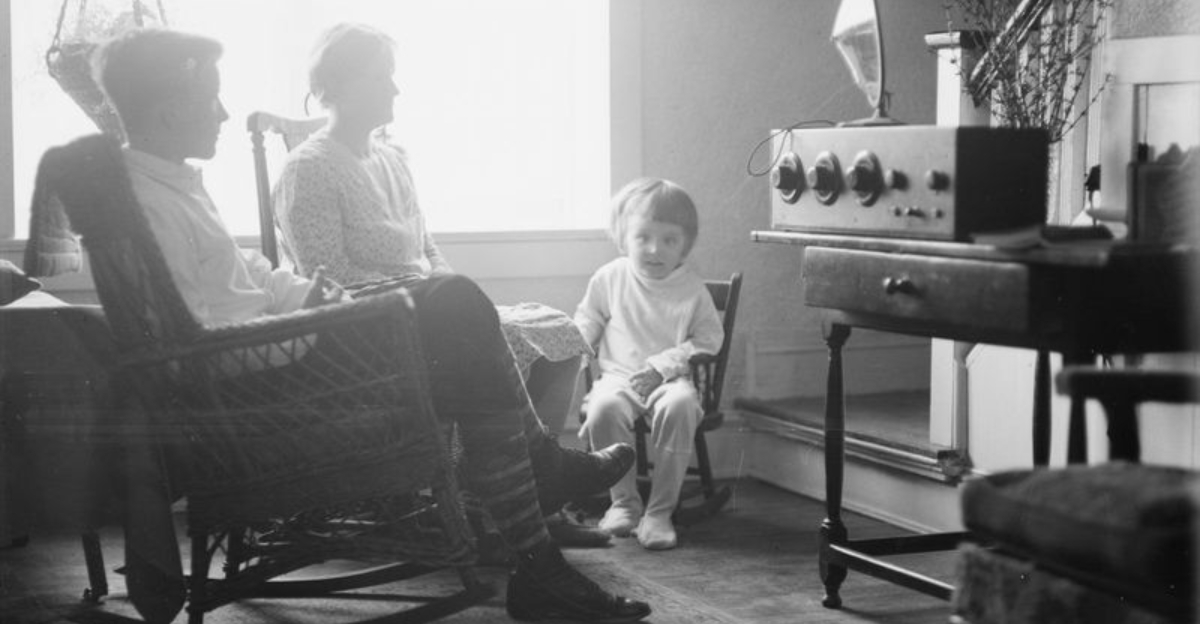
Welcome to a black-and-white time capsule, where the year is 1935, jazz is swinging, and life is a mix of grit and glamour!
Picture a world where the Great Depression still casts its long shadow, yet resilience, style, and a touch of rebellion shine through like a well-polished pair of wingtips.
Flappers may not be flapping quite as fiercely as in the Roaring Twenties, but the spirit of adventure still lingers in the air, swirling like a cigarette’s lazy curl in a smoky speakeasy.
Join us on this captivating tour of 25 stunning snapshots—each a tiny time machine capturing the triumphs, troubles, and quirks of the era. From dapper gents and daring dames to Model A Fords rattling down cobblestone streets, these photos reveal a world where laughter still found its way through hardship.
So dust off your fedora, crank up the gramophone, and let’s step into the stylish, soulful, and slightly scrappy year of 1935!
1. The Jitterbug Dance
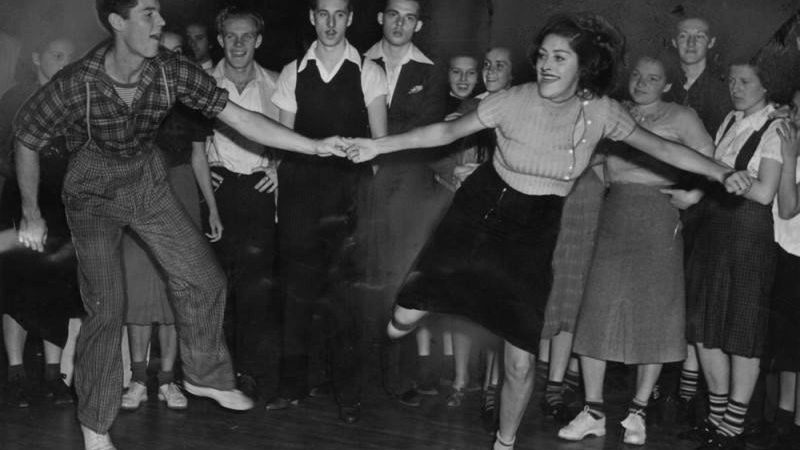
The jitterbug was the bee’s knees in 1935! This lively dance took the world by storm, with couples twisting and turning like tops on a mission.
Picture a crowded dance hall where feet move faster than a speeding bullet, and smiles shine brighter than the Art Deco chandeliers above.
Jitterbug was more than a dance – it was a cultural phenomenon. It united people from different walks of life, providing a joyful escape from the daily grind. This dance was a testament to the indomitable spirit of the 1935 crowd, who sure knew how to cut a rug.
2. The Classic Ford V8
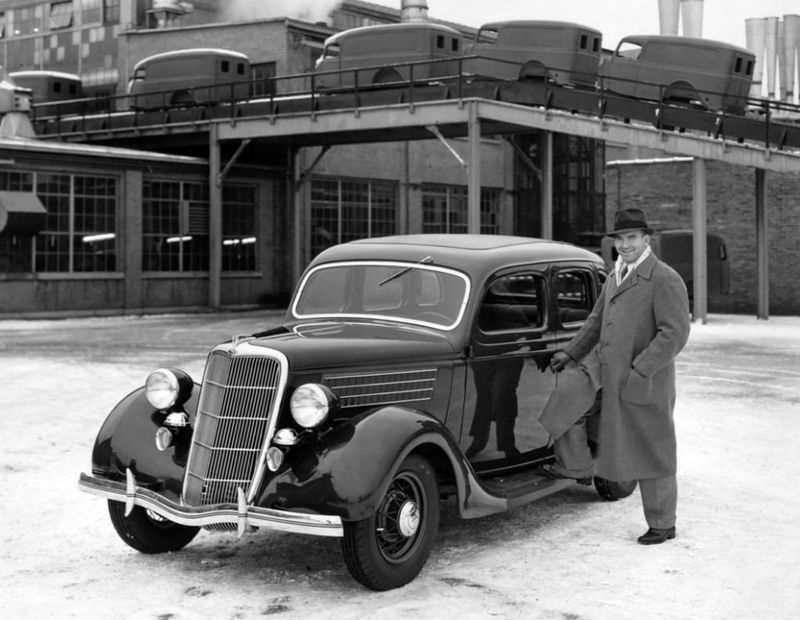
In 1935, the Ford V8 roared onto the scene, a car so cool it needed its own fan club.
Sleek lines, powerful engines, and an aura of sophistication made it the talk of the town. Picture yourself cruising down Main Street, wind in your hair, feeling like the bee’s knees.
The Ford V8 was an emblem of progress, showcasing the automotive ingenuity of the era. Its affordability brought the luxury of automobiles to the masses, making it a staple in American households. The Ford V8 wasn’t just a car; it was a statement on wheels.
3. The Dust Bowl
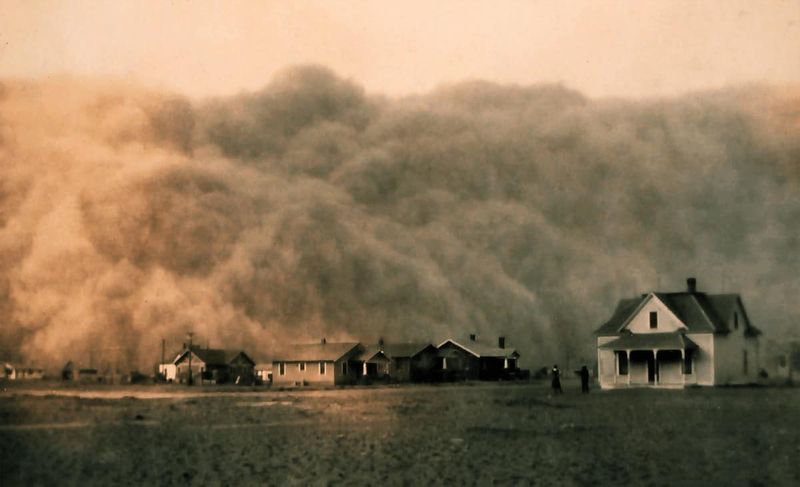
Life in the Dust Bowl was no walk in the park, unless that park was covered in dust and despair.
1935 saw these arid winds sweeping through the Great Plains, turning fields into seas of brown. Imagine farmers battling the elements with nothing but grit and determination.
Despite the harsh conditions, communities found ways to support each other, showing resilience worthy of admiration. Though life was tough, humor and hope never blew away. The Dust Bowl stands as a reminder of nature’s power and humanity’s unyielding will to persevere.
4. Radio Days
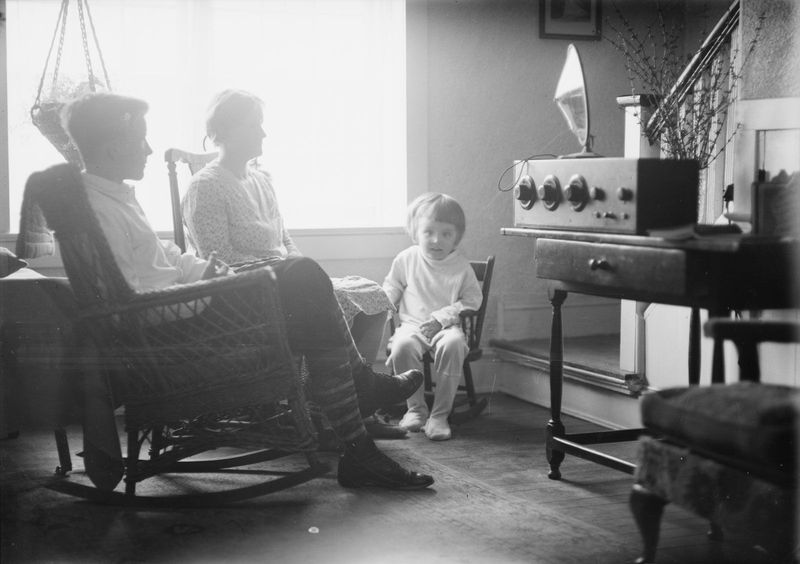
Gather ’round, folks, it’s time for the evening broadcast! Radios in 1935 were the heart of the home, bringing news, music, and stories to eager ears.
Families gathered like moths to a flame, captivated by the magic crackling through the airwaves.
These broadcasts painted pictures more vivid than any television screen could dream of. From thrilling dramas to swingin’ jazz, radio was the social media of the age. It connected people across miles, sparking imaginations and forging bonds. Radio days were golden, a symphony of sound in a silent movie world.
5. The Great Gatsby’s Hangover
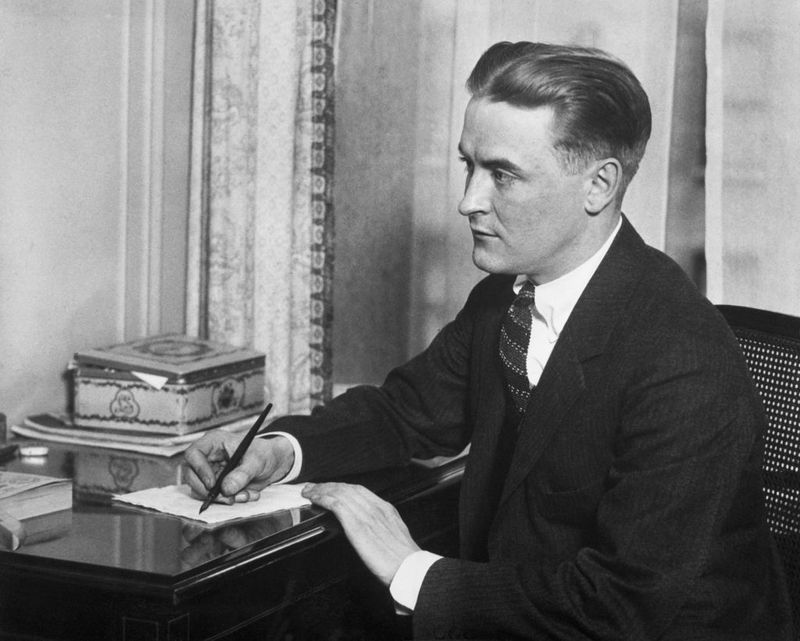
Even the Great Gatsby needed a party break by 1935! As the Roarin’ Twenties faded into memory, the lingering echoes of extravagant soirees haunted the 1930s like a jazzy ghost. Imagine the glitz and glam, now with a sprinkle of reality check.
Parties were still grand, but with a pinch more prudence.
The opulence remained, but themes of simplicity began to creep in. Despite the economic woes, people found ways to celebrate life, turning challenges into occasions for celebration. The party never truly stopped; it just got a tad more sensible.
6. The Hooverville Homesteads
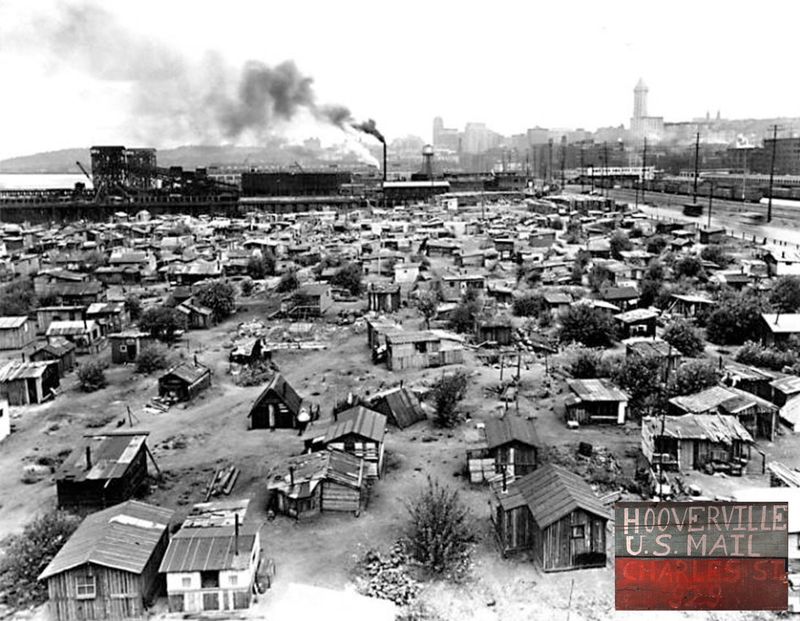
Hoovervilles were the DIY communities of 1935, built from sweat, tears, and a lot of cardboard. These makeshift homes dotted the landscape, a testament to human resilience and resourcefulness. Imagine a neighborhood where walls were thin, but community bonds were thick.
These settlements offered a glimmer of hope amidst the Great Depression.
Families shared stories, resources, and laughter, proving that even in dire times, kindness and camaraderie could thrive. Hoovervilles were more than just shantytowns; they were symbols of survival and unity in the face of adversity.
7. The Silver Screen
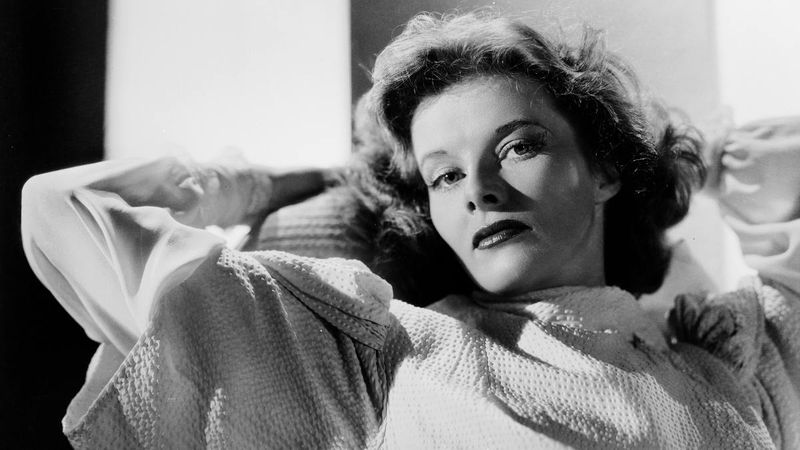
Lights, camera, action! The silver screen was a beacon of escapism in 1935, inviting audiences into worlds of fantasy and adventure. Picture a bustling theater, the scent of popcorn mingling with the excitement of the crowd.
Movies of the time offered laughter, tears, and everything in between, serving as welcome distractions from the mundane. Stars like Clark Gable and Greta Garbo lit up the screens, becoming household names. Films were more than entertainment; they were lifelines of joy in a black-and-white world. Hollywood’s golden era was in full swing.
8. The WPA Projects
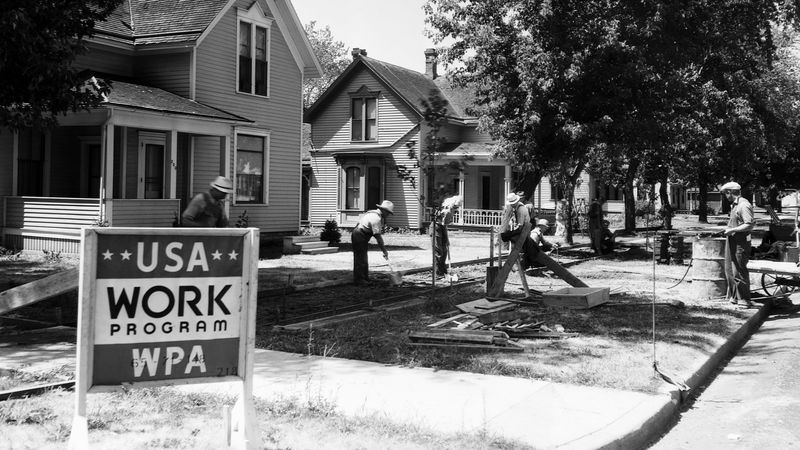
Work Projects Administration (WPA) was the superhero agency of 1935, saving the day one job at a time.
This New Deal program put people back to work, constructing buildings, roads, and dreams. Imagine a bustling worksite, hammers and hope ringing through the air.
These projects revitalized communities, providing jobs and purpose during tough times. They laid the foundation for future prosperity, proving that with a little help, society could rebuild itself. The WPA wasn’t just about infrastructure; it was about building a brighter tomorrow, one brick at a time.
9. FDR’s Fireside Chats
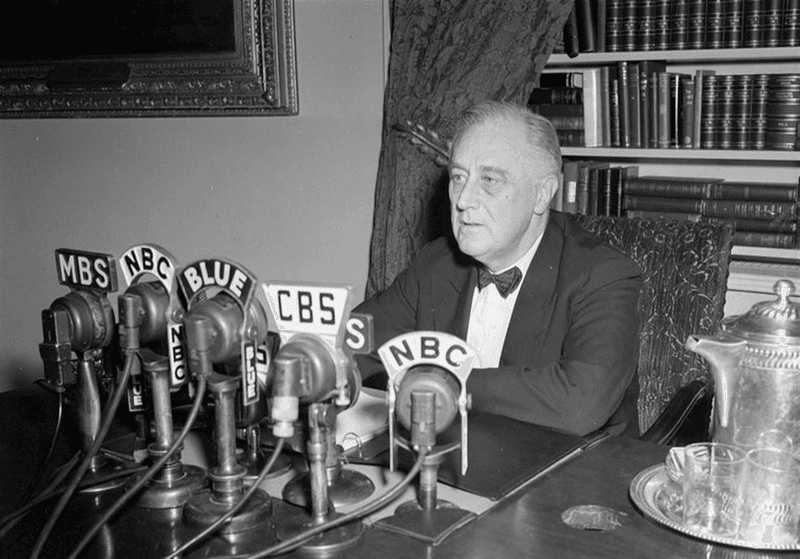
President Franklin D. Roosevelt had a way with words, especially when they came through the radio.
His Fireside Chats in 1935 were like a warm hug for the nation, offering comfort and clarity in uncertain times. Picture families gathered around radios, hanging on to every word.
Roosevelt’s chats addressed the struggles and hopes of the everyday American, fostering a sense of unity. These broadcasts were more than political speeches – they were lifelines of reassurance. Roosevelt’s soothing voice reminded citizens that they weren’t alone in facing the challenges ahead.
10. The Empire State Building
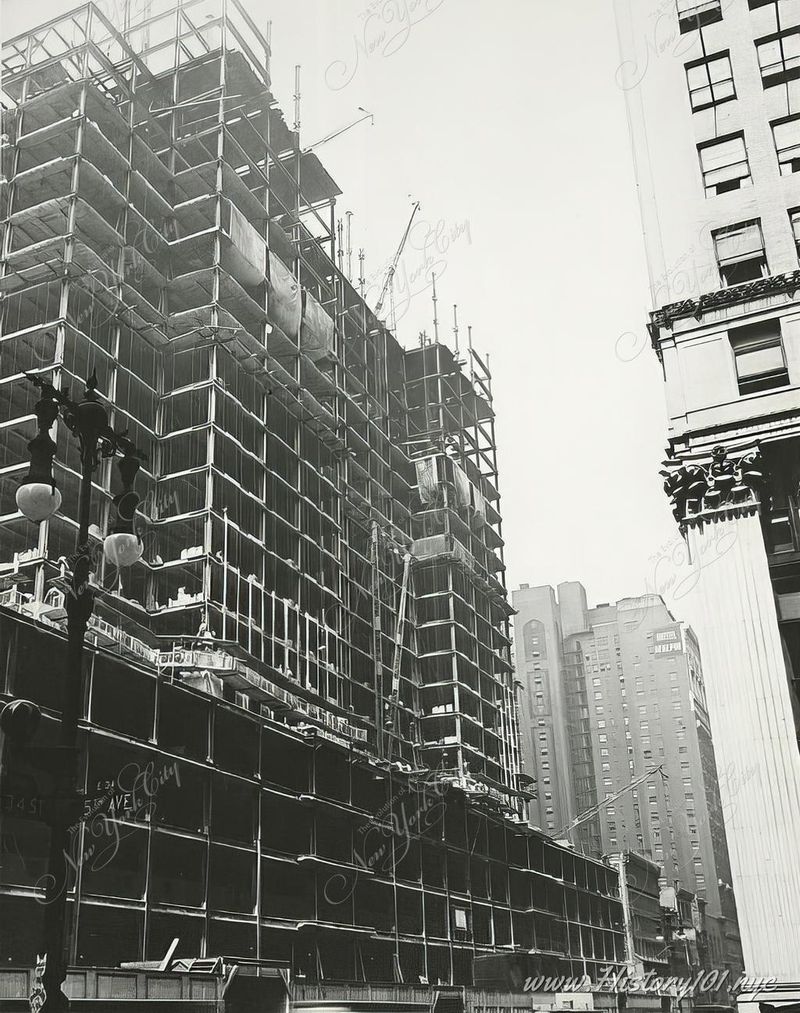
Standing tall in 1935, the Empire State Building was the crown jewel of New York City’s skyline, a testament to architectural ambition.
Its spire reached for the heavens, embodying the era’s spirit of progress. Imagine gazing up at this steel giant, feeling dwarfed yet inspired.
Completed in 1931, this skyscraper became a beacon of hope during the Great Depression, showcasing human ingenuity. It symbolized that when times are tough, dreams can still soar sky-high. The Empire State Building was more than a structure; it was an emblem of resilience and aspiration.
11. The Golden Gate Bridge
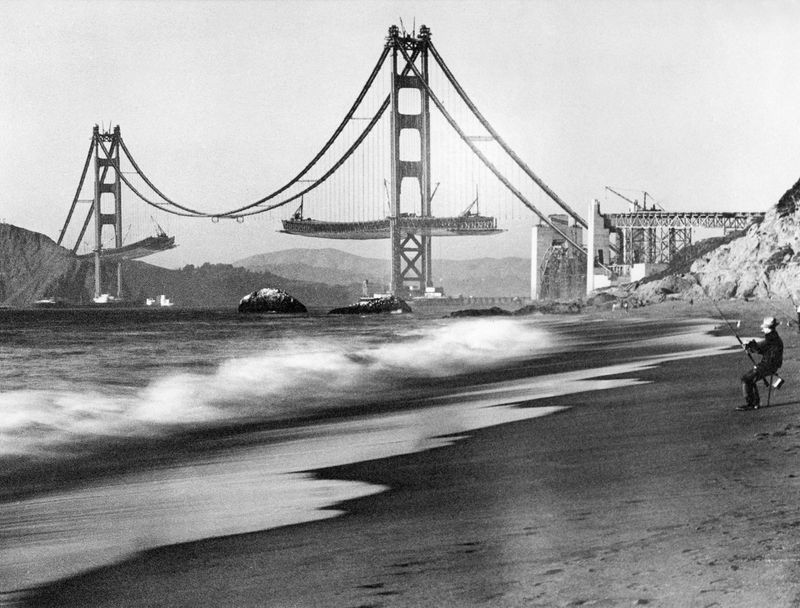
In 1935, the Golden Gate Bridge was a work in progress, a feat of engineering marvel yet to be completed.
Picture workers dangling above the bay, each rivet a step closer to connecting communities. It was a bridge that promised to unite more than just land.
This iconic structure, with its International Orange hue, became a symbol of ambition and innovation. Its construction was a beacon of hope during challenging times, proving that no obstacle was insurmountable. The Golden Gate Bridge wasn’t just a path; it was a promise of brighter days ahead.
12. The Swing Era
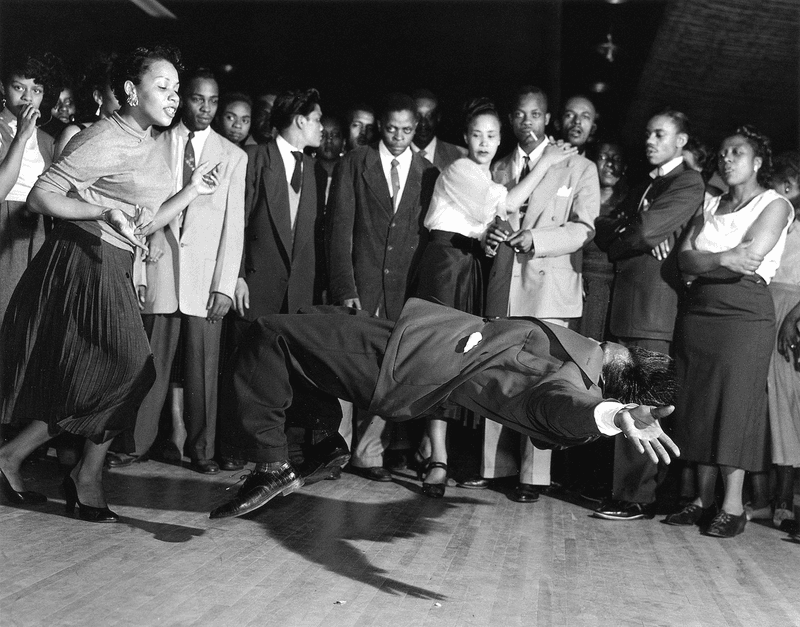
Swing music in 1935 was like a shot of adrenaline for the soul, infusing every dance hall with electrifying energy.
Picture a band blasting brass and strings, while dancers swing and sway with unabashed joy. It was happiness set to a rhythm.
The Swing Era was more than music – it was a cultural movement. It brought people together, transcending social barriers, and providing a soundtrack for resilience. This era taught the world that even in the face of adversity, life could still be a dance filled with laughter and light-heartedness.
13. The New York World’s Fair
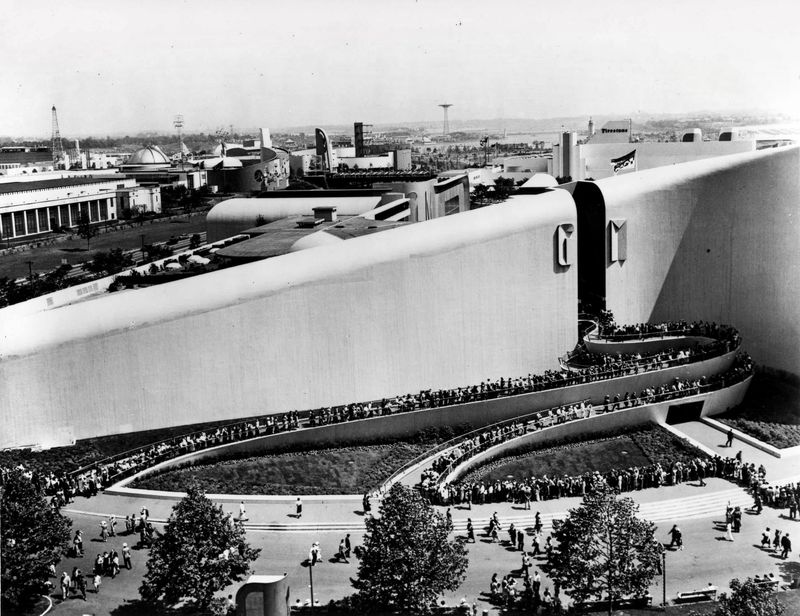
Though the New York World’s Fair officially opened in 1939, the buzz in 1935 was palpable.
Plans were underway for a spectacle of innovation and imagination. Picture a future as bright as the exhibits promised, filled with wonder and technological marvels.
The fair was more than just an event – it was a glimpse into what could be. It symbolized hope, progress, and the potential for a better tomorrow. In 1935, anticipation for the fair fueled dreams, sparking a collective excitement for the possibilities that lay ahead.
14. The Art Deco Movement
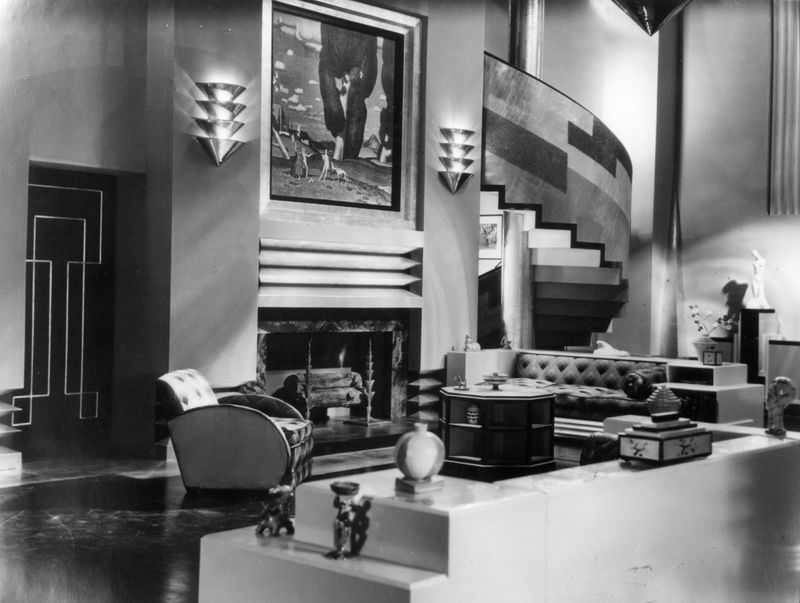
Art Deco was the fashion-forward architecture movement of 1935, turning cities into canvases of geometric grace.
Picture buildings adorned with zigzags and sunbursts, a feast for the eyes and a treat for the soul. It was design with a flair for drama.
This movement symbolized the era’s optimism and desire for progress, blending function with beauty. Art Deco was more than a style – it was an expression of hope and creativity. It painted a picture of sophistication and modernity, reminding the world that art and architecture could stand tall even in tough times.
15. The Social Security Act
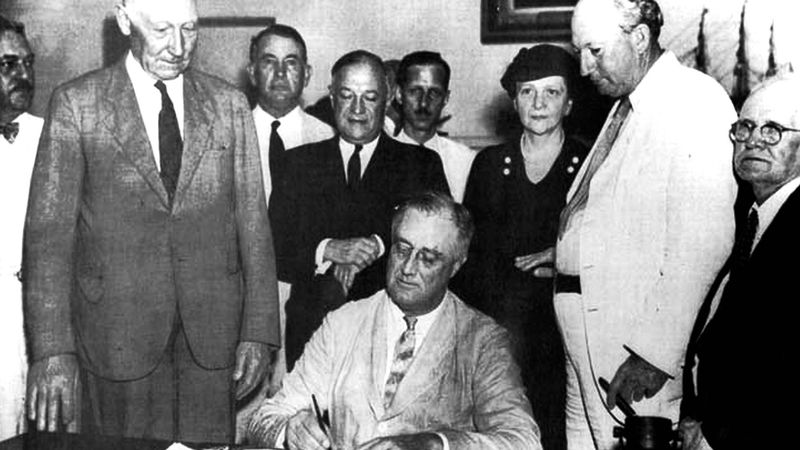
Signed into law in 1935, the Social Security Act was the safety net that caught a falling nation.
Picture citizens sighing with relief, knowing that the future held a bit more security. It was a promise of protection in uncertain times.
This act changed lives, offering financial respite to the elderly, unemployed, and disabled. It was more than legislation – it was a commitment to care for the vulnerable. The Social Security Act stands as a testament to the power of policy to shape a compassionate society, ensuring everyone had a safety net to lean on.
16. The Harlem Renaissance
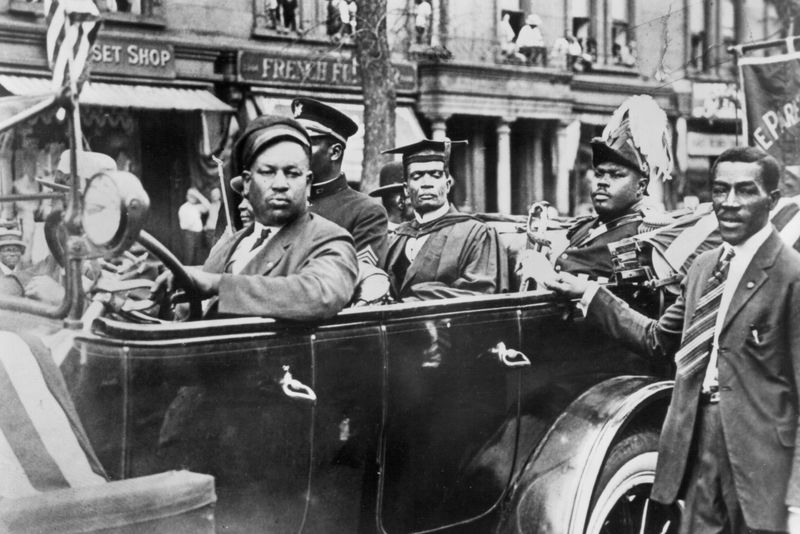
The Harlem Renaissance was in full swing in 1935, a cultural blooming like no other.
Picture the streets alive with jazz, poetry, and vibrant artistry, a testament to African American creativity and resilience. Harlem was the epicenter of expression.
This movement transcended boundaries, celebrating identity and challenging stereotypes. It was more than an artistic explosion; it was a powerful assertion of presence. The Harlem Renaissance left an indelible mark on society, influencing music, art, and literature. It was a reminder that culture could thrive even in the shadows of hardship.
17. The CCC Camps
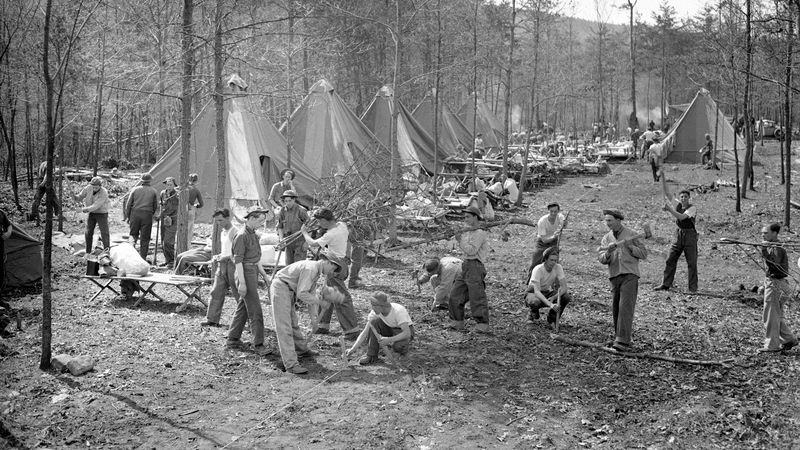
The Civilian Conservation Corps (CCC) was the green thumb of 1935, planting seeds of recovery and growth.
Imagine young men in work camps, shovels in hand, revitalizing the nation’s natural beauty. It was hard work with a rewarding view.
The CCC wasn’t just about conservation – it was about building character and providing opportunities. Participants gained skills while contributing to environmental preservation. This program was a lifeline for many, offering hope, purpose, and a paycheck. The CCC left a legacy of lush landscapes and empowered individuals.
18. The Rise of Aviation
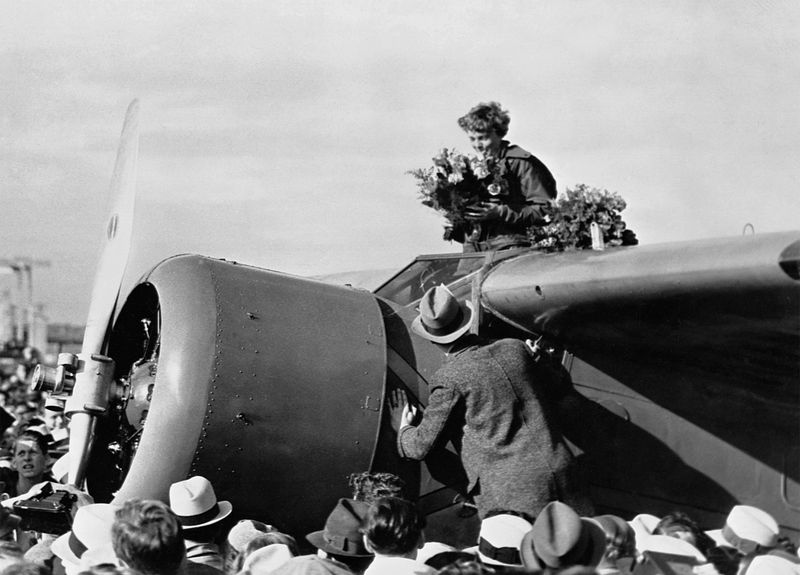
Aviation in 1935 was flying high, capturing imaginations and shrinking the world. Picture a time when taking to the skies was a daring adventure, with aviators as the rock stars of the era. The sky was no longer the limit.
The advancement of aircraft technology opened new horizons, connecting distant lands and fostering global curiosity.
This era marked the beginning of commercial air travel, making the world feel a little smaller and dreams a little bigger. Aviation wasn’t just about transportation; it was about soaring into the future.
19. The Hindenburg’s Journey
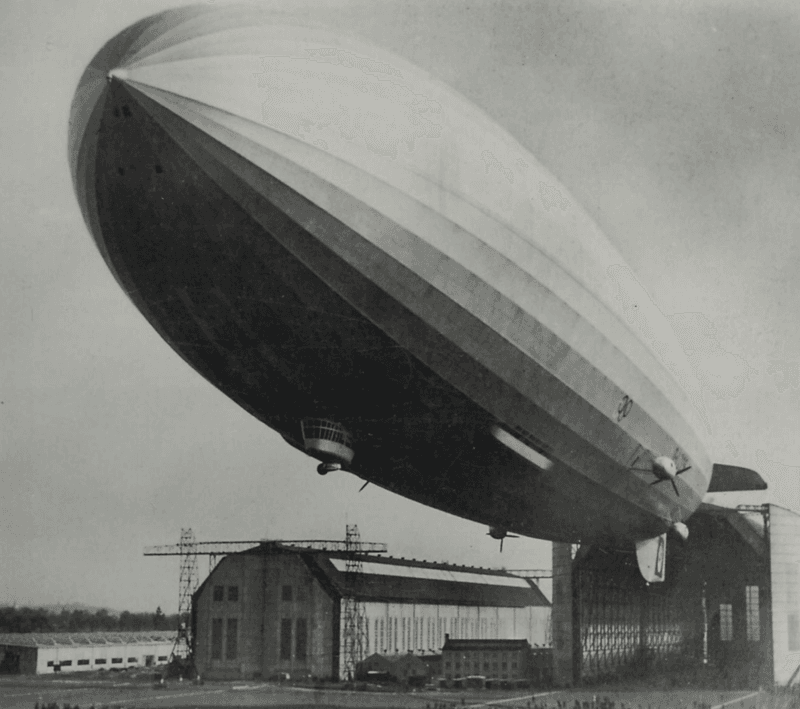
The Hindenburg in 1935 was the epitome of luxury in the skies, a floating palace that turned heads and dropped jaws.
Imagine this majestic airship gliding gracefully above, a marvel of engineering and elegance. It was travel with a silver lining.
The Hindenburg offered a glimpse into a future where the skies were highways of opulence. Though its fate was tragic, in 1935, it symbolized progress and the possibilities of air travel. The Hindenburg was more than a mode of transport; it was a dream with wings.
20. The Textile Workers’ Strike
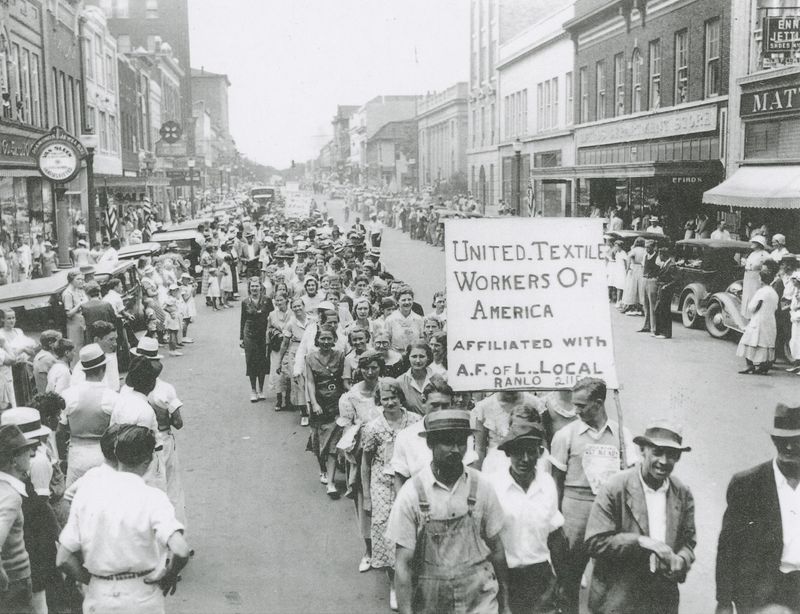
In 1935, textile workers took to the streets, demanding fair wages and better conditions. Picture determined faces and raised fists, a wave of change crashing against the status quo. It was the fabric of revolution, woven with courage.
The strike highlighted the struggles of the working class, sparking conversations about justice and equality.
It was more than a protest – it was a stand for dignity and rights. The textile workers’ strike of 1935 paved the way for labor reforms, proving that collective voices could alter the threads of society.
21. The Rise of Photography
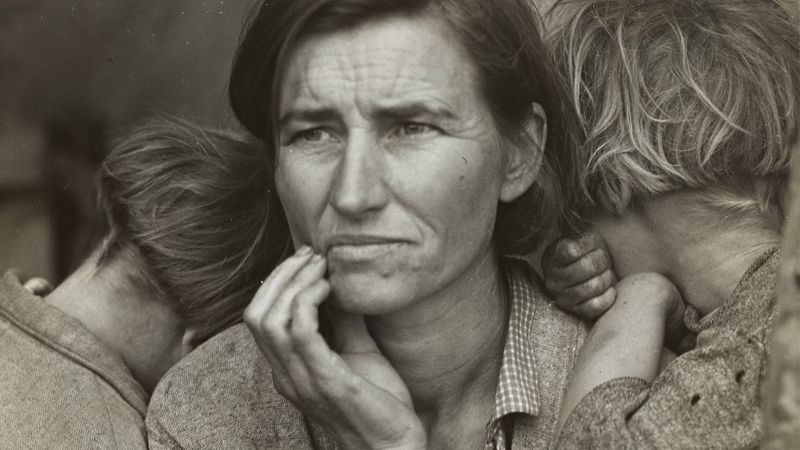
Photography was capturing hearts and history in 1935, freezing time in elegant monochrome.
Imagine photographers clicking away, each snapshot a slice of life preserved forever. It was a lens into the stories of the era.
This art form democratized storytelling, allowing everyday moments to be immortalized. Cameras became tools of truth, documenting the struggles and joys of the time. Photography wasn’t just about images – it was about capturing the essence of 1935. It served as a poignant reminder that even in stillness, life tells its vibrant tale.
22. The Birth of Monopoly
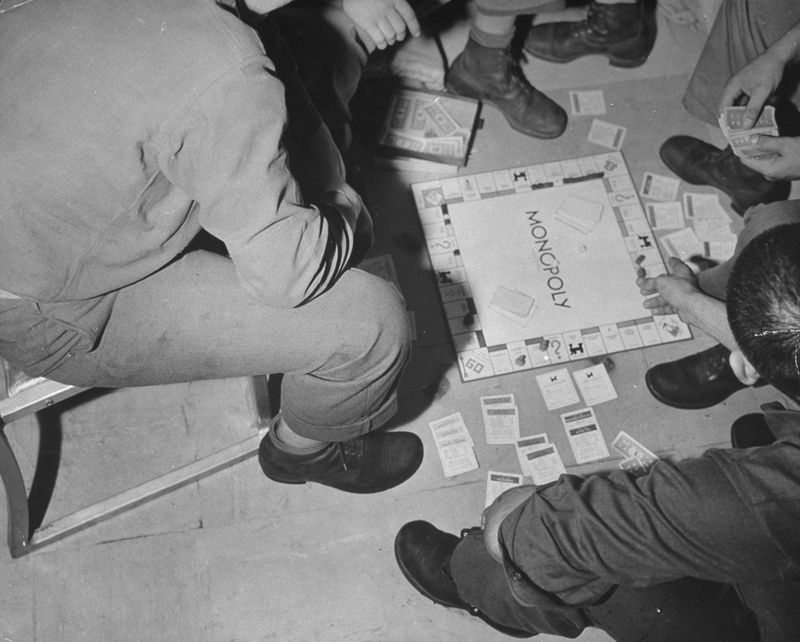
Monopoly rolled its first dice in 1935, transforming tables into battlegrounds of strategy and negotiation.
Picture families huddled around game boards, battling for Park Place and Boardwalk. It was capitalism in cardboard form.
This game offered more than entertainment – it was a lesson in economics, wrapped in fun and wrapped in a sense of competition. Monopoly became a household staple, bringing people together and occasionally tearing them apart. It was a microcosm of ambition and dreams, proving that even in games, the stakes could feel real.
23. The March of Time Newsreels
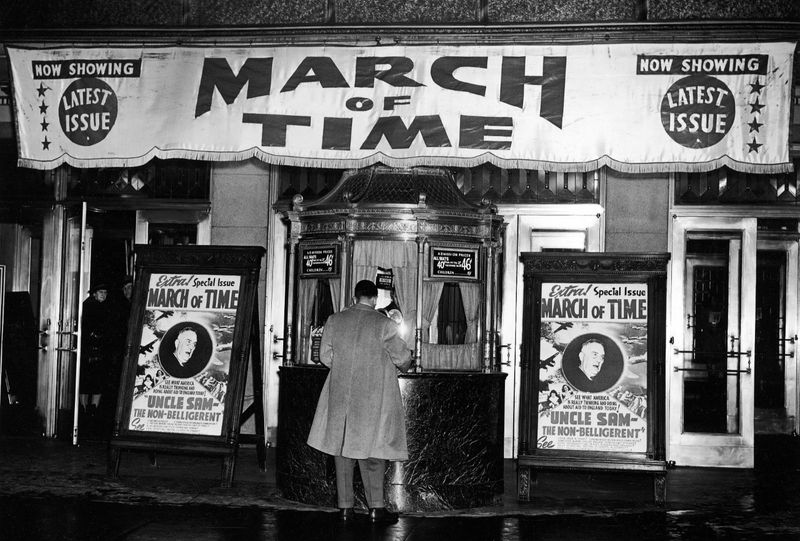
March of Time newsreels in 1935 brought the world to cinema screens, delivering news with flair and drama. Imagine audiences on the edge of their seats, witnessing history unfold in real-time. It was news with a cinematic twist.
These newsreels provided a visual feast, offering context and commentary on current events.
They were more than informative; they were entertaining, blending storytelling with journalism. The March of Time kept citizens informed and engaged, proving that news could be both enlightening and captivating.
24. The Debut of Nylon
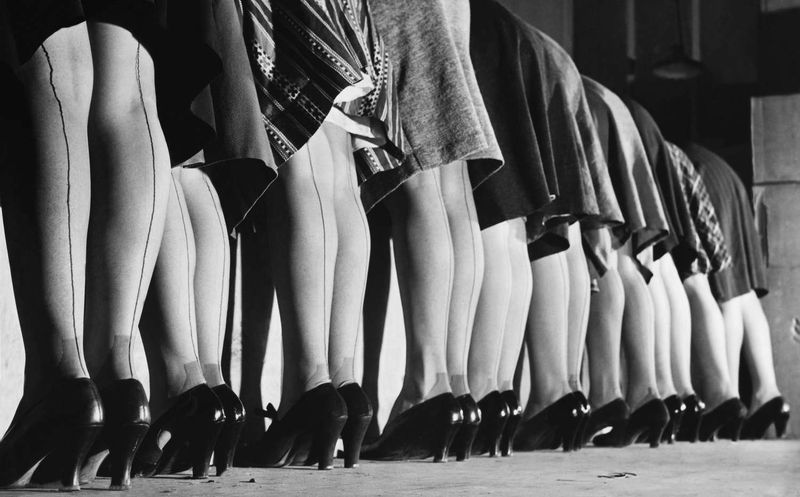
Nylon made its fabulous debut in 1935, revolutionizing the fashion industry with its synthetic charm.
Picture a runway of innovative designs, where fabric flowed like silk but boasted strength like steel. It was a textile triumph.
This material opened doors to endless possibilities, changing the way clothes were made and worn. Nylon was more than a fabric; it was a symbol of innovation and progress. Its introduction marked a new era in fashion, proving that style and science could walk hand in hand, creating looks that were both chic and durable.
25. The Peculiar Hat Parade
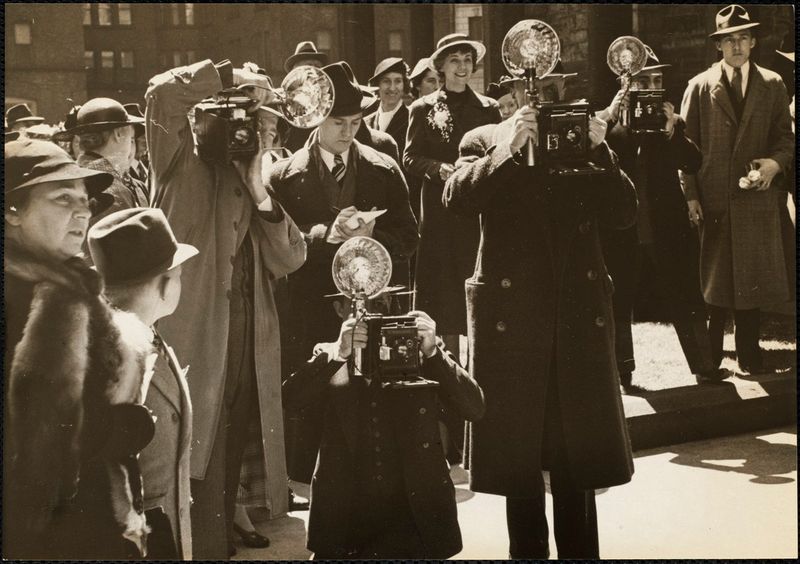
1935 was a year of bold fashion statements, and nothing was as eccentric as the Hat Parade. Imagine strolling down a city street only to be greeted by a sea of extravagant headwear.
From gigantic brims to feathery plumes, hats were the centerpiece of style. Each piece was a story, reflecting the creativity and audacity of its wearer.
These parades were not merely about fashion but also a social gathering, bringing communities together in laughter and competition. People from all walks of life participated, showcasing their unique tastes. It was a celebration of individuality and an escape from the mundane.
